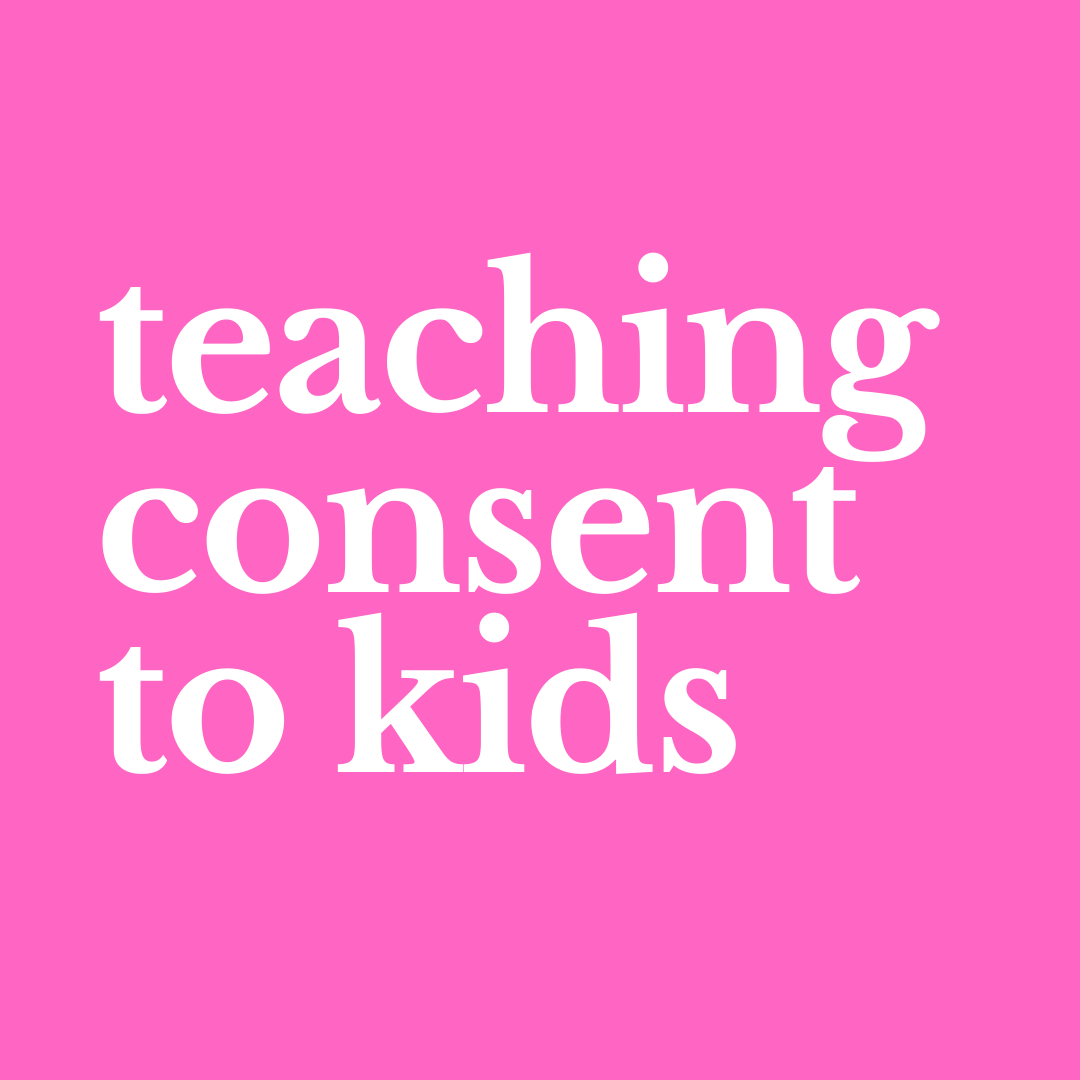This guide shares some key points and research-based best practices caregivers can use to promote positive racial identity development in children, support conversations about race and racism, and move from conversation to action.
From Dr. George James: “What you feel is valid. The pain, hurt and trauma you feel daily due to racial injustice is valid. Moreover, the changes and reactions you see in your children could be due to racial trauma.” This resources breaks down what racial trauma is and five ways to acknowledge it.
To counter racism and racial bias, experts recommend acknowledging and naming race and racism with children as early and as often as possible. Children’s books are one of the most effective and practical tools for initiating these conversations, and can also be used to model what it means to resist and dismantle oppression. Beyond addressing issues of race and racism, this children’s reading list focuses on taking action. It highlights resistance and activism; and seeks to empower youth to participate in the ongoing movement for racial justice. Children not only need to know what individual, institutional, and internalized racism looks like, they need to know what they can do about it. This list of 41 children’s books was curated by The Conscious Kid and American Indians in Children’s Literature
Dr. Eleanor Morrison, activist and author of the new book, C is for Consent, speaks with us about the ways caregivers and relatives can teach and model consent from birth. She breaks down what consent is, the importance of honoring children's verbal and nonverbal cues around physical affection, and why we shouldn't force children to give hugs or kisses to people they don't want to.
Author and educator Navjot Kaur sat down with us to discuss the state of Sikh representation in children’s books, her experiences advocating for accurate narratives about Sikh identity and what we can all do to critically support advocacy around the Sikh community in both literature and everyday interactions.
Key terms and definitions to equip you with the language, frameworks, and understanding to talk about race and racism with kids.
We have been thinking a lot about what it means and looks like to show up alongside and in solidarity with BIPOC and marginalized groups. Here's a list we created of 41 ways to show up in this work and take meaningful action towards racial justice now.
Anti-Black structural racism and socialization need to be countered with intentional action from birth. This includes surrounding children with positive narratives and images of Blackness. All kids should know Black history and Black contributions, but equally as important are stories of Black kids just being: experiencing joy, being loved, and existing in their full humanity. Children's books can be one starting point for doing this, and should be combined with ongoing education, strategies, and experiences supporting Blackness and Black people. Most children’s books about Black people continue to be written by white authors. It’s extremely important to be intentional about seeking out and supporting Black authors, especially when telling Black stories and histories. This list of over 100 titles for ages 0-18 features all Black authors.
Aisha Karefa-Smart, author, niece to James Baldwin, and inspiration behind the character, Blinky in Baldwin’s only children’s book, sat down with us to share more about the book and her relationship with her beloved “Uncle Jimmy”.









